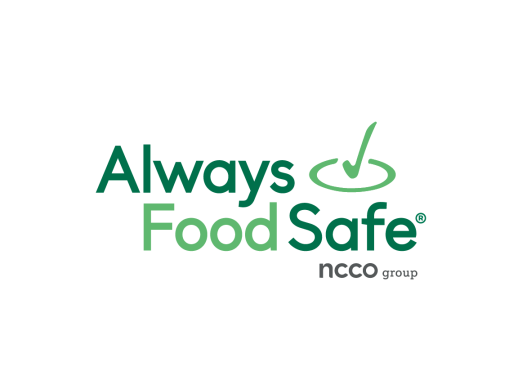Food safety isn't just about following rules—it's about protecting people. That's why most states require businesses to have a certified food protection manager (CFPM) on staff. This critical role helps prevent foodborne illnesses, keeps your business compliant, and ensures customers enjoy safe dining experiences.
Food manager certification matters for everyone in the food service industry. The certification process varies by location, with costs typically having a range depending on the amount purchased and whether you opt for remote or internal proctoring. Validity periods also differ from state to state, but meeting your state's specific food safety requirements is essential for maintaining compliance and protecting your business.

 English
English
 Spanish
Spanish
